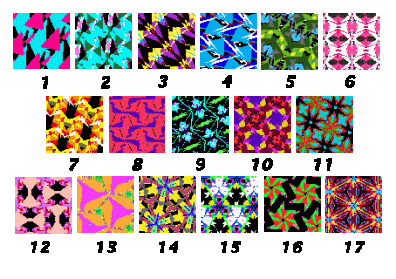Reading the articles on each myth was eye-opening. They all seemed to surprise me in some sense: “I remember 10% of what I…” and “Are Your Students Engaged? Don’t Be So Sure” were the two that were the most surprising to me. I’ve seen the picture in “I remember…” multiple times during my journey through the education field. The citation was incorrect; the questions posed about the graph are interesting and really make you think about the fault in the “study”. Something that we’ve seen so frequently but holds no true value – this really caught my attention. As educators, we need to be on top of our sources and their credibility, even in a professional sense. Also, I thought the engagement article was quite interesting. It seems we sometimes look to technology as our ‘hook’… for the entire lesson; that adding technology will grab the attention of our students and never let go. This article definitely helped me think otherwise.
Dismissing the article on learning styles was the easiest for me. I agree that using multiple representations to instruct and gain knowledge is a reliable strategy, however, classifying students to a specific learning style is where things go wrong. It is just like assigning a student a reading level/color, then only allowing them to check out books from that level. We never want to limit our students, so why limit the way we teach them. I am surprised that the studies in the article were basically “called out” by the author in failing “to satisfy key criteria for science validity.” For a method we have been using for roughly 30 years, this is crazy to believe.
I agree with most of the information in the articles. However, to an extent: I don’t think learning styles and multiple intelligence’s should be completely debunked; teachers need to modify them. Using various methods of representation, media, and teaching strategies might help.
“They must be engaged…they’re having fun!” I have heard this, and quite possibly have said this, from time-to-time. Many students have mastered the art of “invisibly disengaged” that they have most teachers fooled. They are learning things on their own time, and ‘checking-out’ for their time spent in the classroom.
All of these myths are still floating around the education field to this day; I’m sure I’ve heard them all at some point. If I run into these non-evidence-based strategies throughout my career as a teacher, I would simply (and appropriately) show them the evidence! As educators, we should love learning just as much as we love teaching. Showing colleagues, and even administrators, these articles might sway their thinking. If not, use these “strategies” lightly; blend your knowledge of other strategies and techniques, with the research, to fix what is missing.
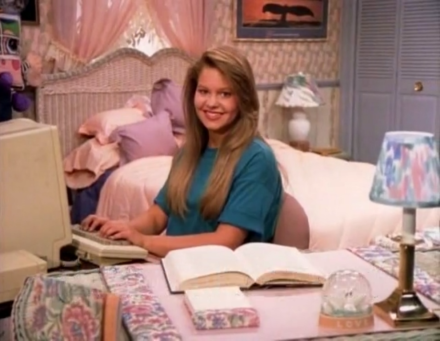
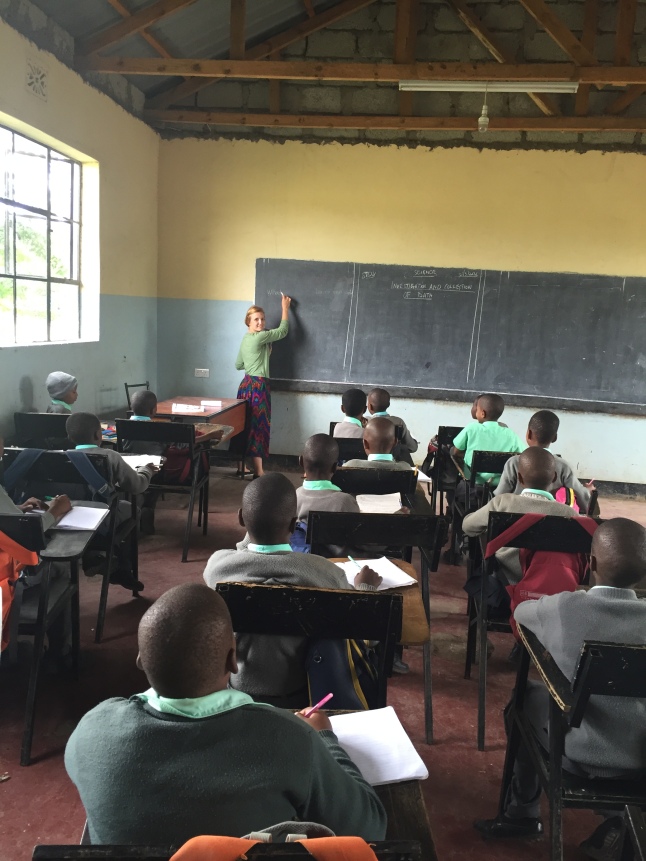
 Specifically in one class this semester, we debated about another question: Is Math a Science? From the get go, I said yes – math is a science. I said this with some un-sureness in my voice, since I would prefer to say “Math is related to science”, or “Math plays a key role in science”, or even “Math is a nice umbrella to science”. With more discovery and concepts in the course, I feel more comfortable responding to these questions such as these.
Specifically in one class this semester, we debated about another question: Is Math a Science? From the get go, I said yes – math is a science. I said this with some un-sureness in my voice, since I would prefer to say “Math is related to science”, or “Math plays a key role in science”, or even “Math is a nice umbrella to science”. With more discovery and concepts in the course, I feel more comfortable responding to these questions such as these.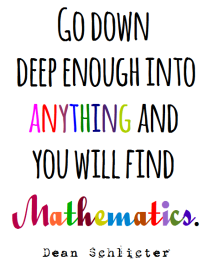
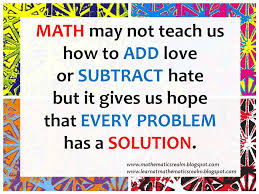
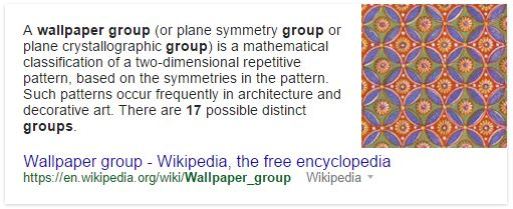
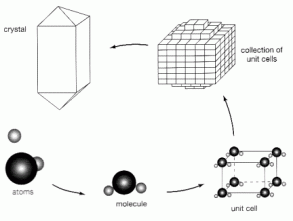 ext up, Robert Hooke looked at
ext up, Robert Hooke looked at